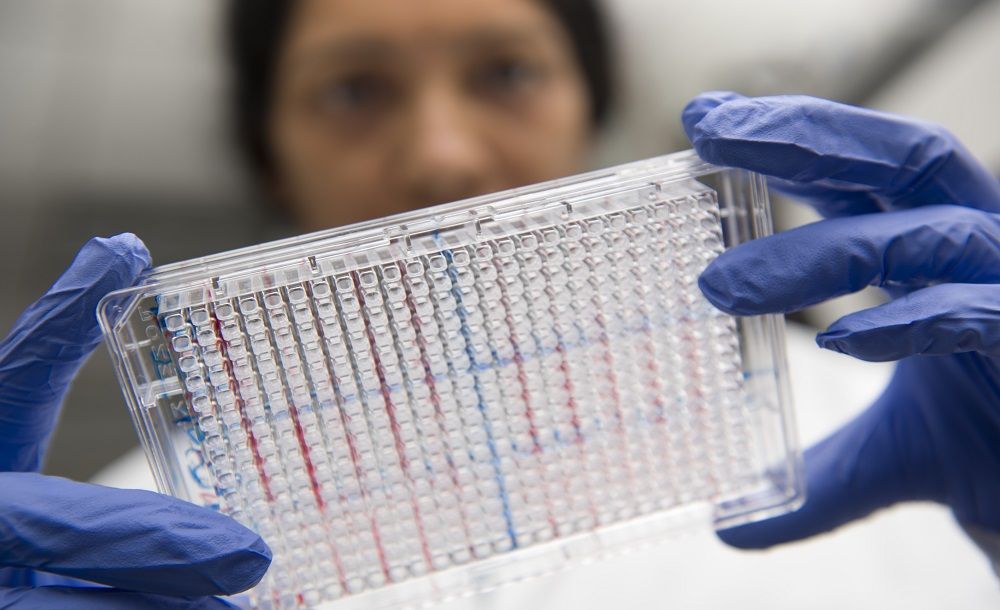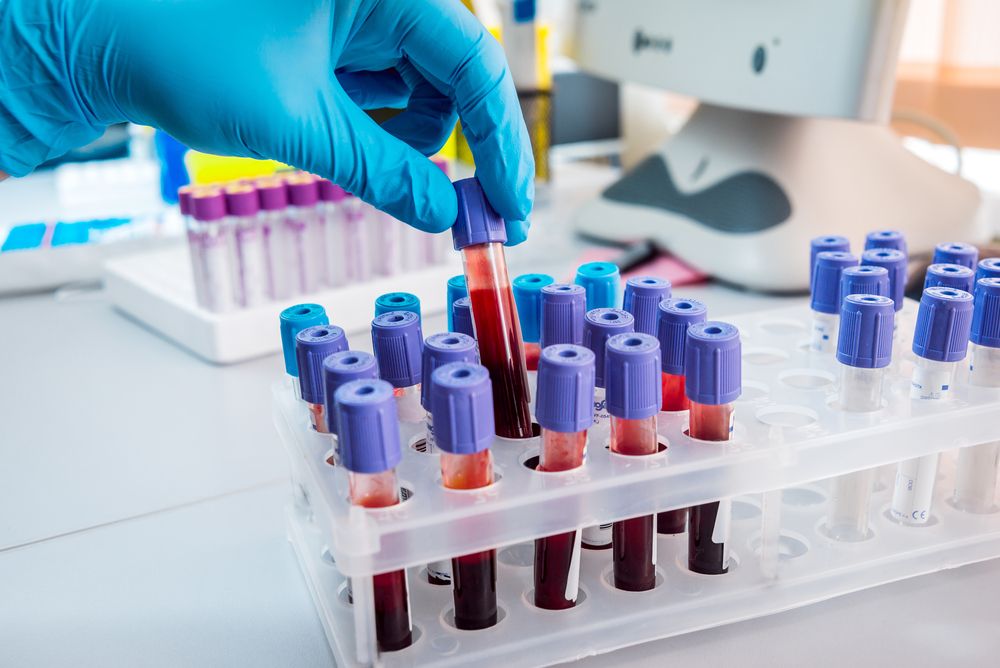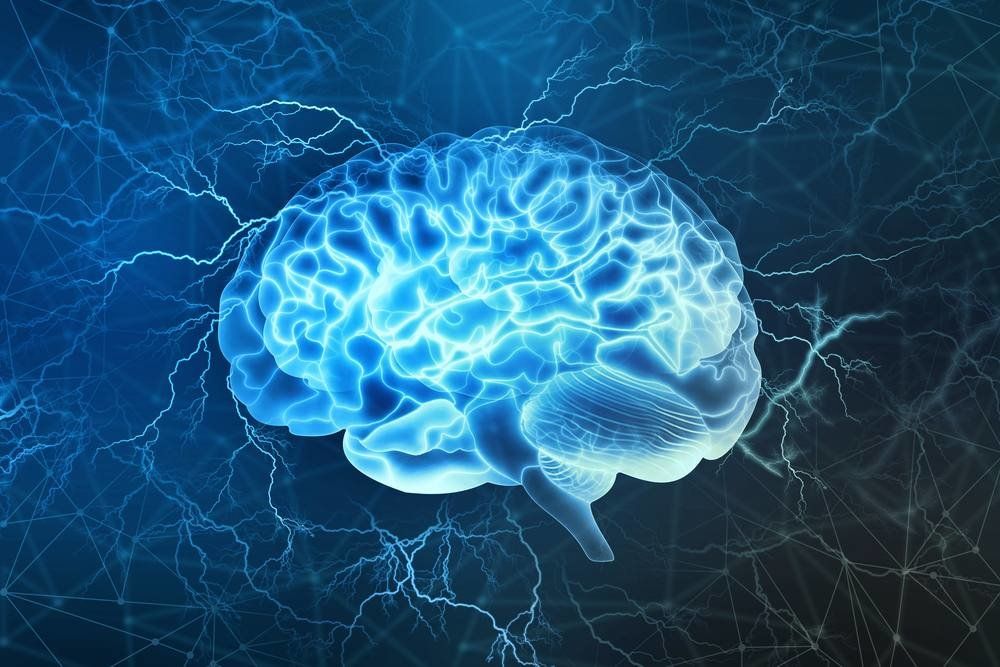New research from the University of Southern California has shed light on how the decline of the brain’s vascular system precedes the build-up of the plaques and tau tangles associated with Alzheimer’s disease.
A leaky blood-brain barrier sets the scene for dementia
Traditionally, many researchers have focused their efforts on the amyloid and tau proteins that accumulate in the brain and are typical of Alzheimer’s disease progression. However, the researchers in this new study suggest that the problem begins before this due to a leaking blood-brain barrier [1].







